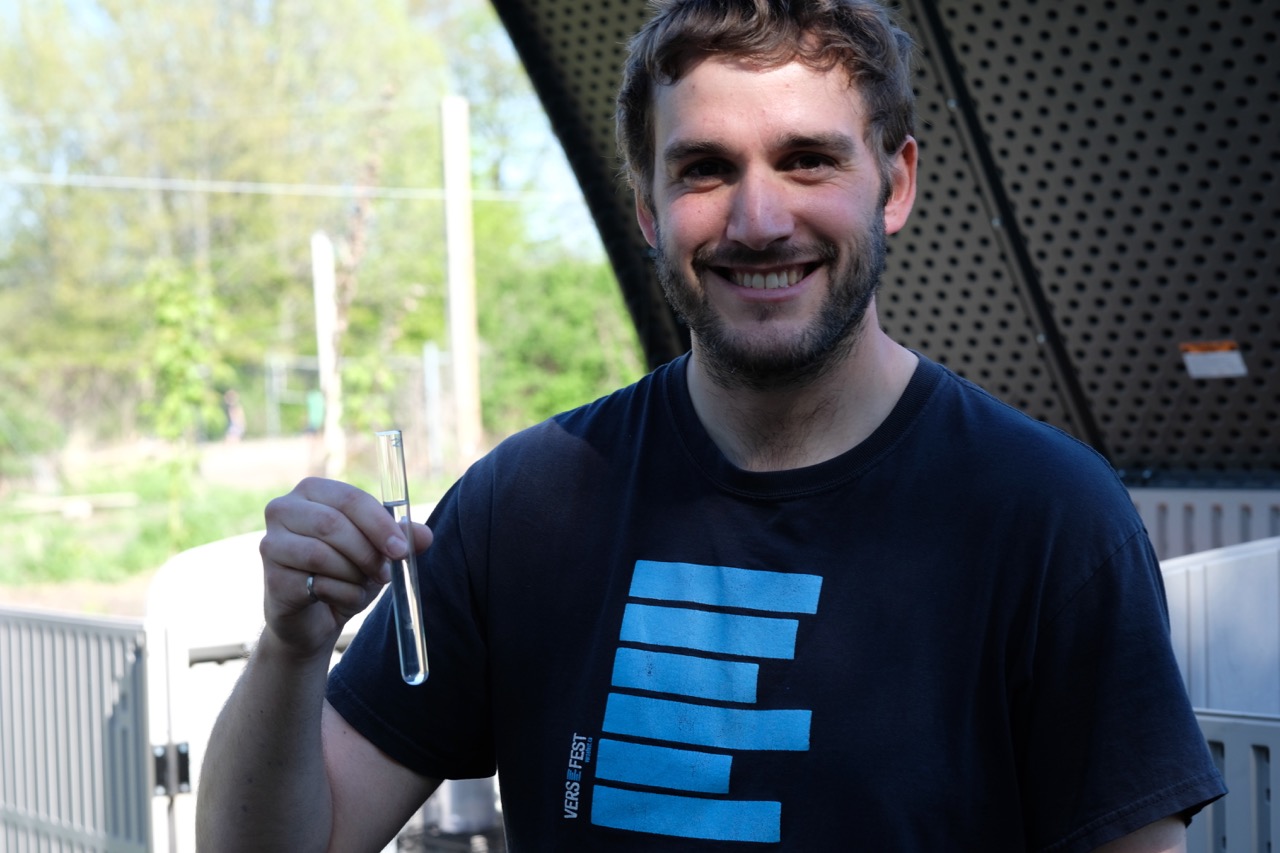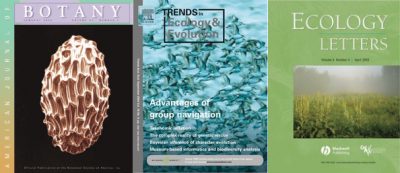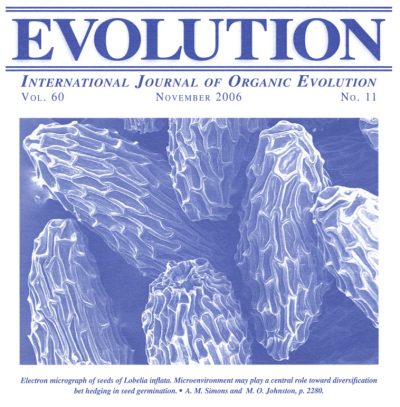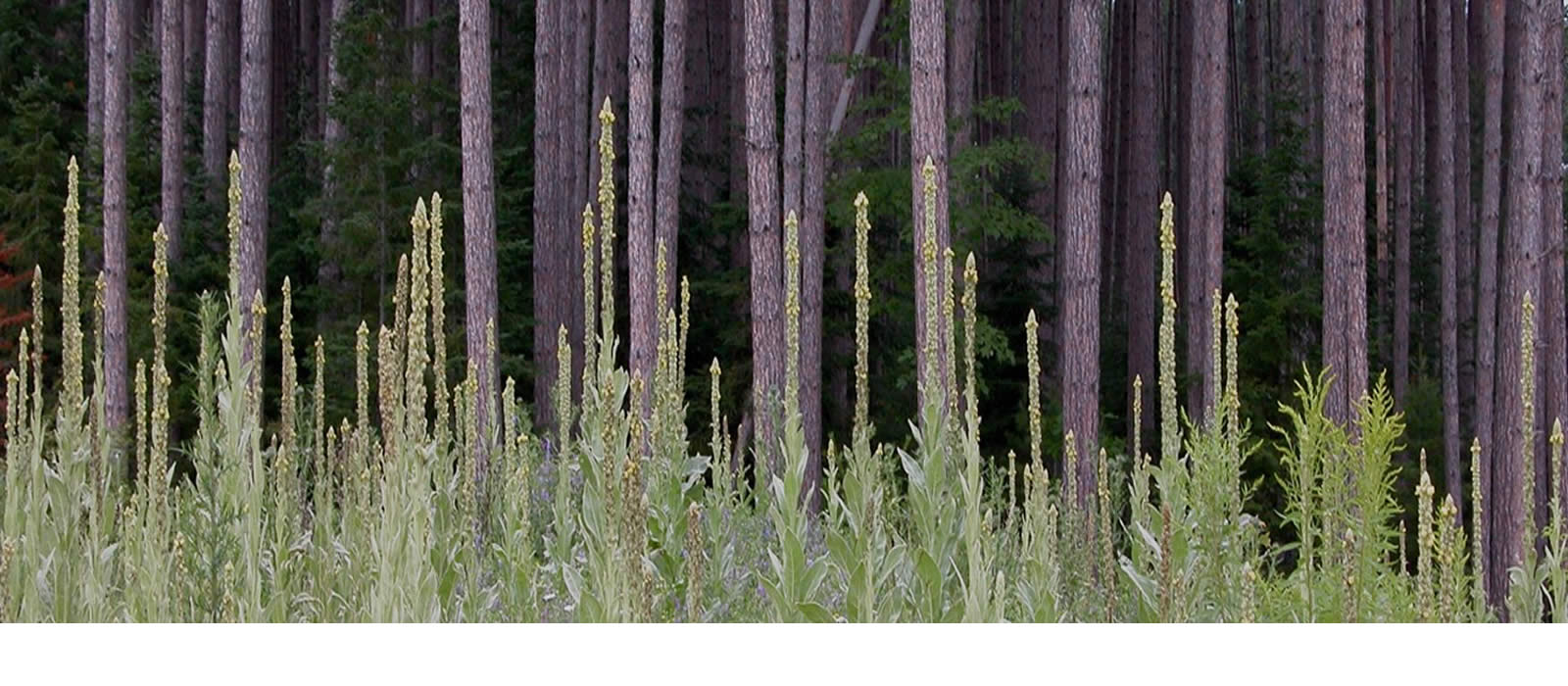Plant life-history evolution

My students and I focus on how organisms respond and adapt to changing environments. We use a variety of organisms both in the field and under controlled environments to address fundamental questions about the evolution of adaptive phenotypic plasticity and bet-hedging traits under fluctuating environments.
Especially useful as model organisms are monocarpic (i.e. reproduce once per lifetime) plants, such as Lobelia inflata, and plants with rapid generation times such as Spirodela polyrhiza, a member of the duckweed subfamily (Lemnoideae), which are the smallest flowering plants on the planet. Although we mostly work with plants, we regularly use other organisms such as the fungi Neurospora crassa and Saccharomyces cerevisiae for studies in experimental evolution.
 (Matthew Coffey braves the Canadian wilderness in the name of truth, justice, and the scientific way)
(Matthew Coffey braves the Canadian wilderness in the name of truth, justice, and the scientific way)
Research opportunities
Andrew M. Simons, Department of Biology, Carleton University, 1125 Colonel By Drive, Ottawa, ON K1S 5B6, +1-613-520-2600 x3869, andrew_simons@carleton.ca
I am accepting applications for M.Sc. and Ph.D. studies in evolutionary ecology.




